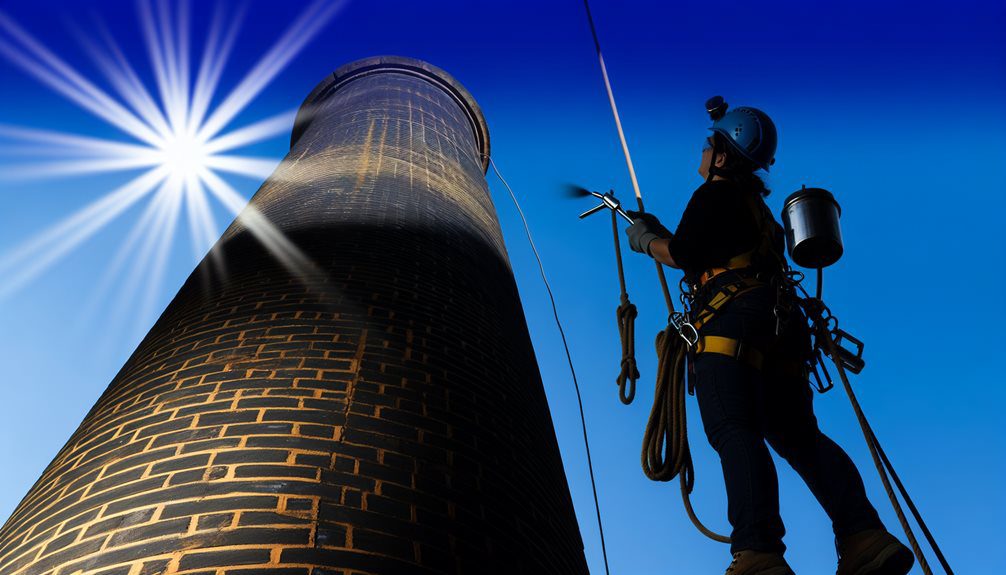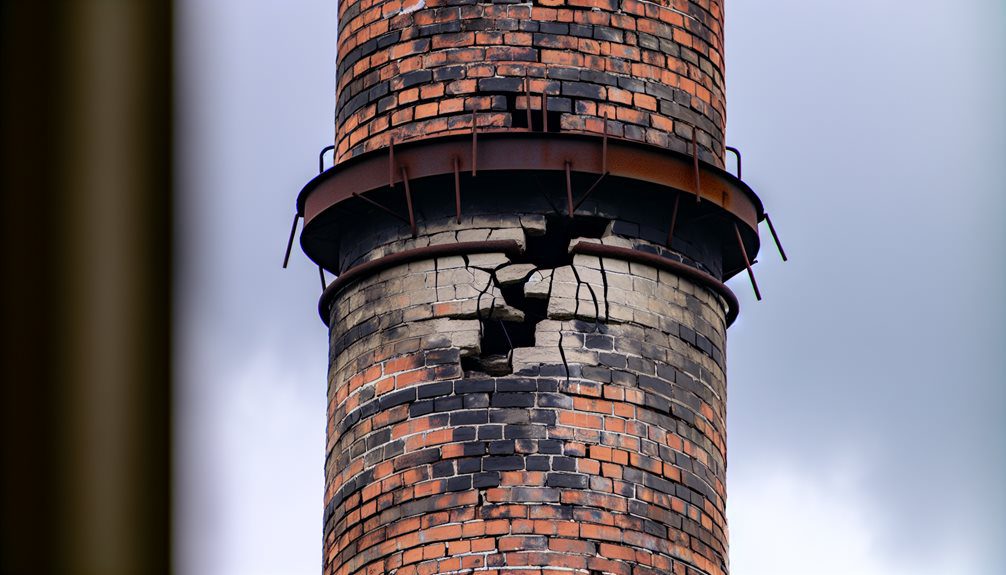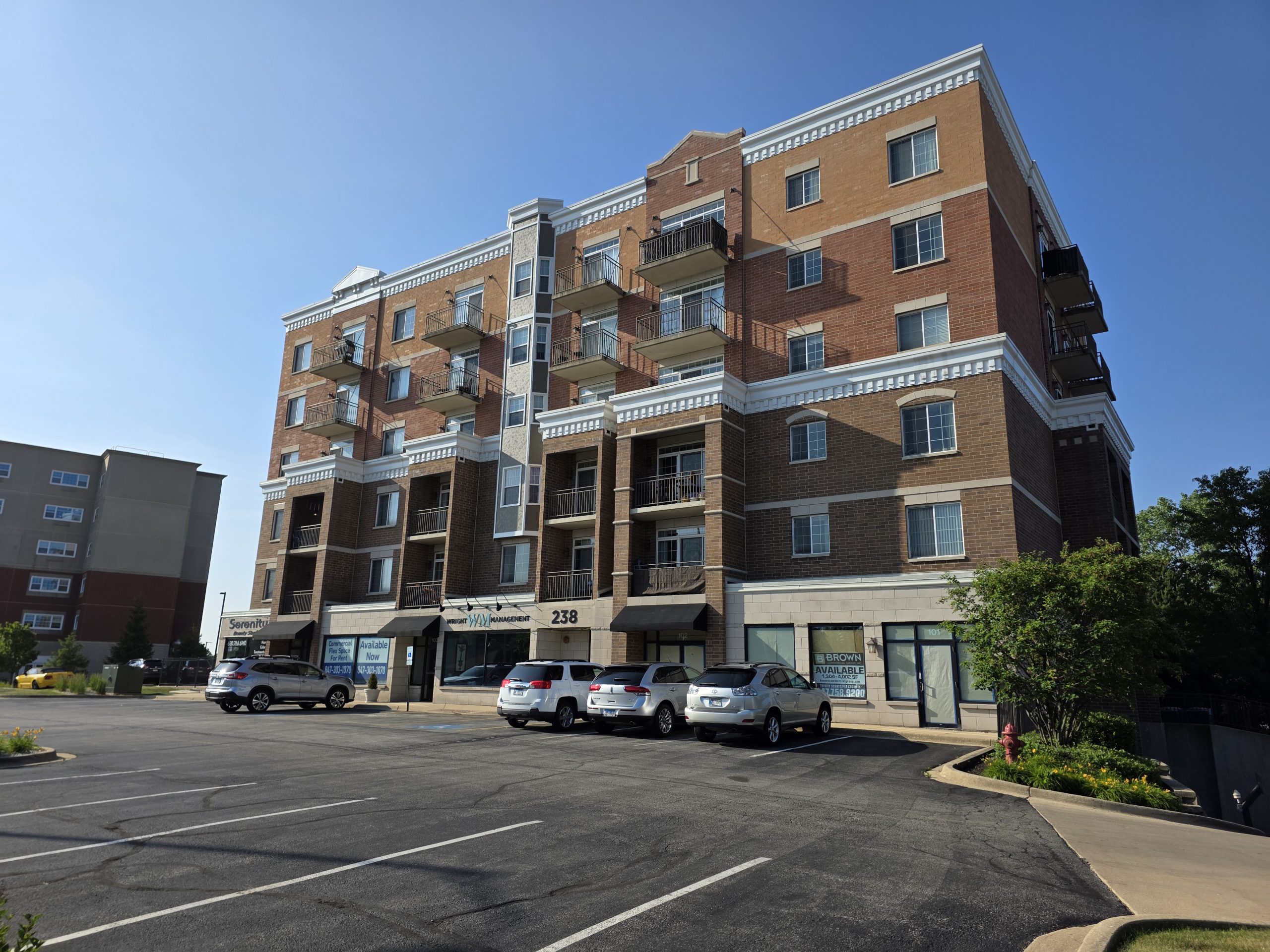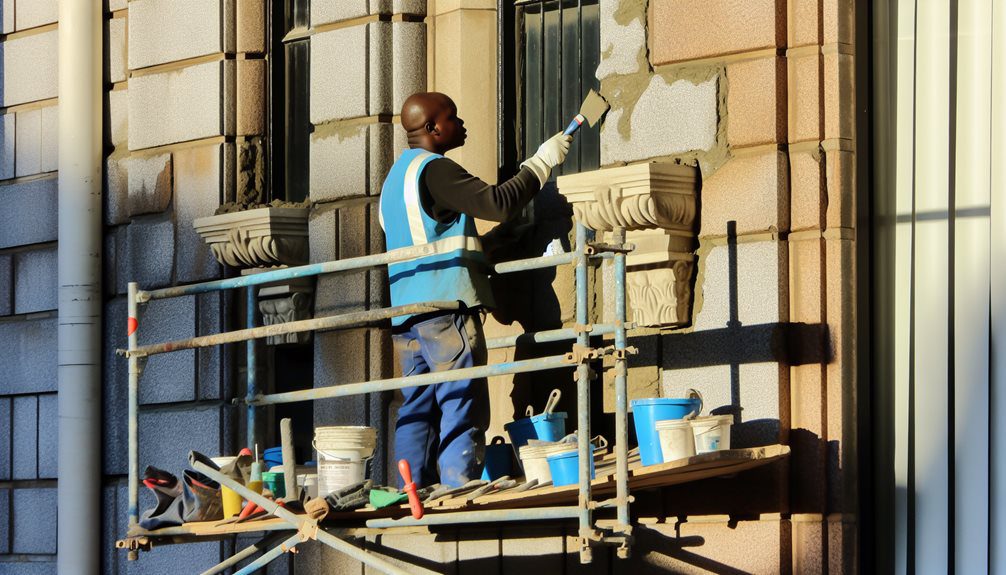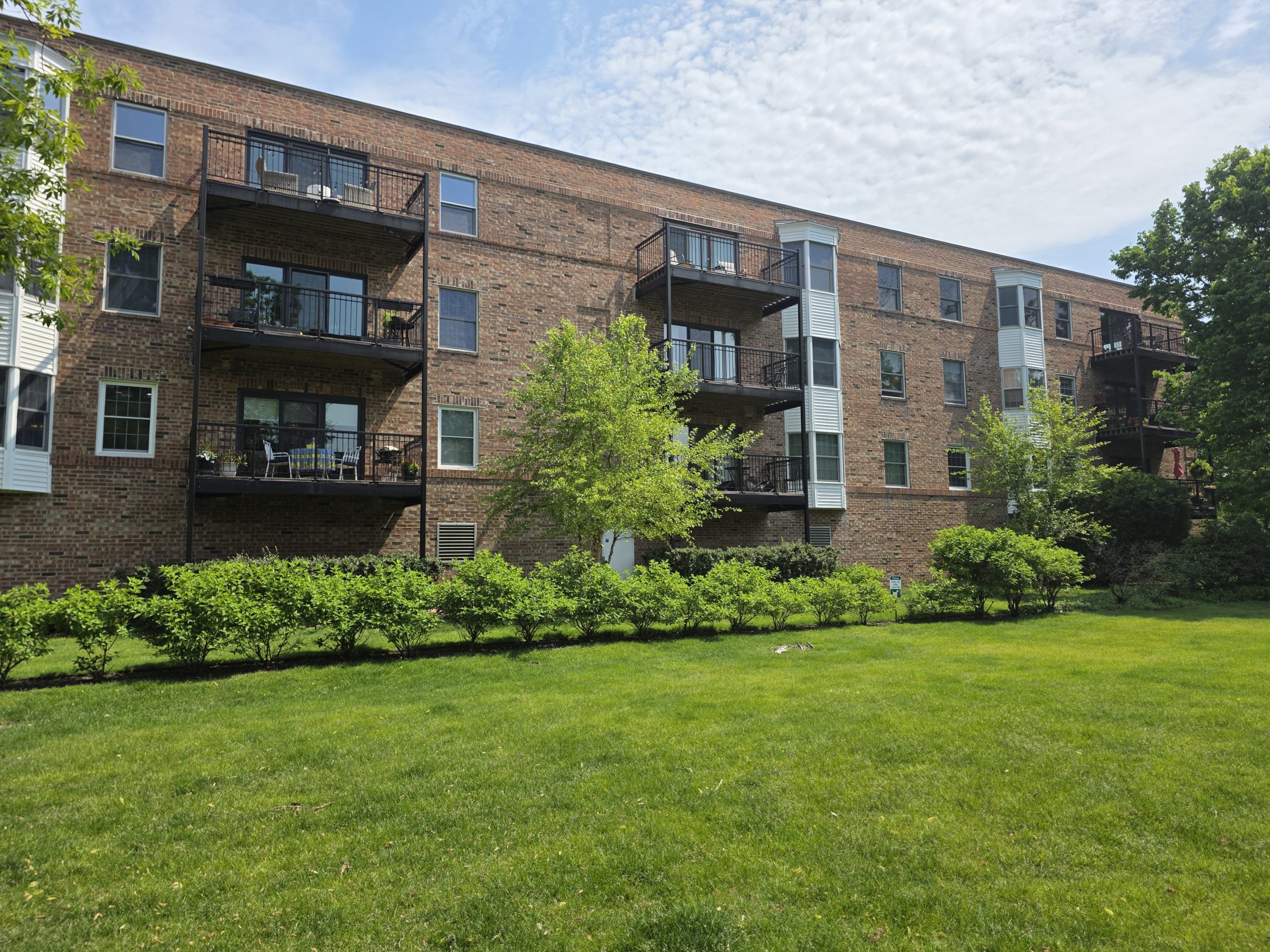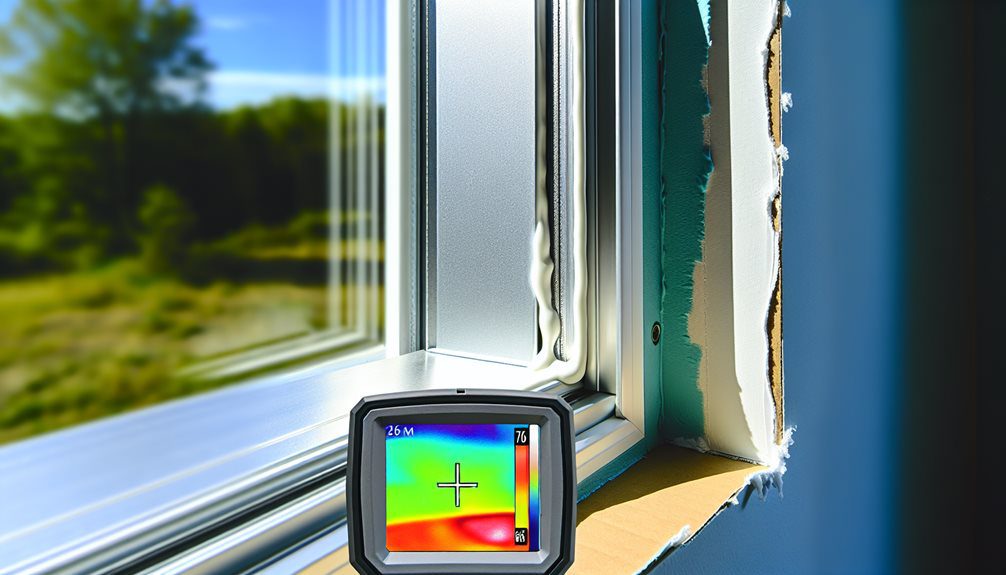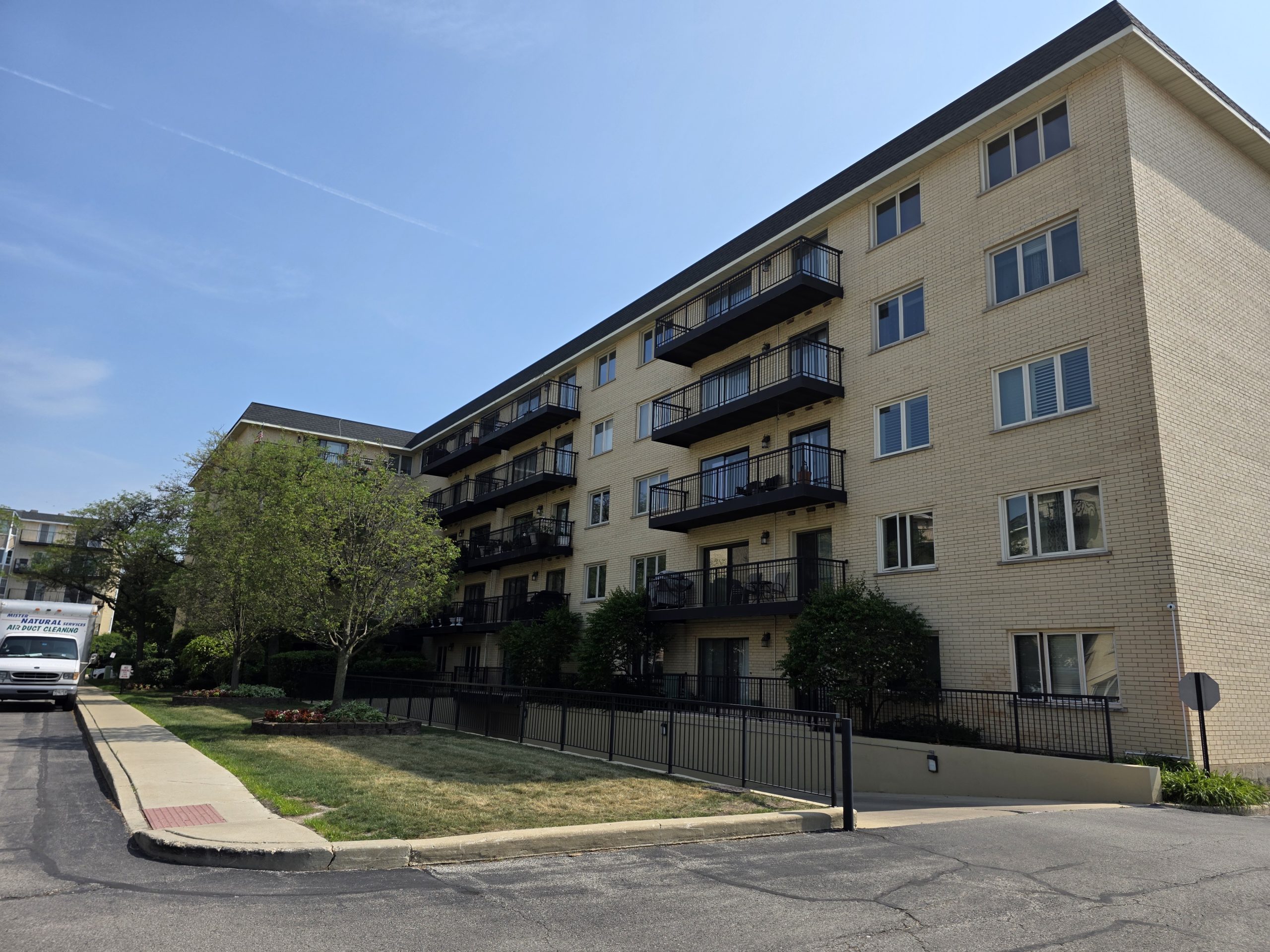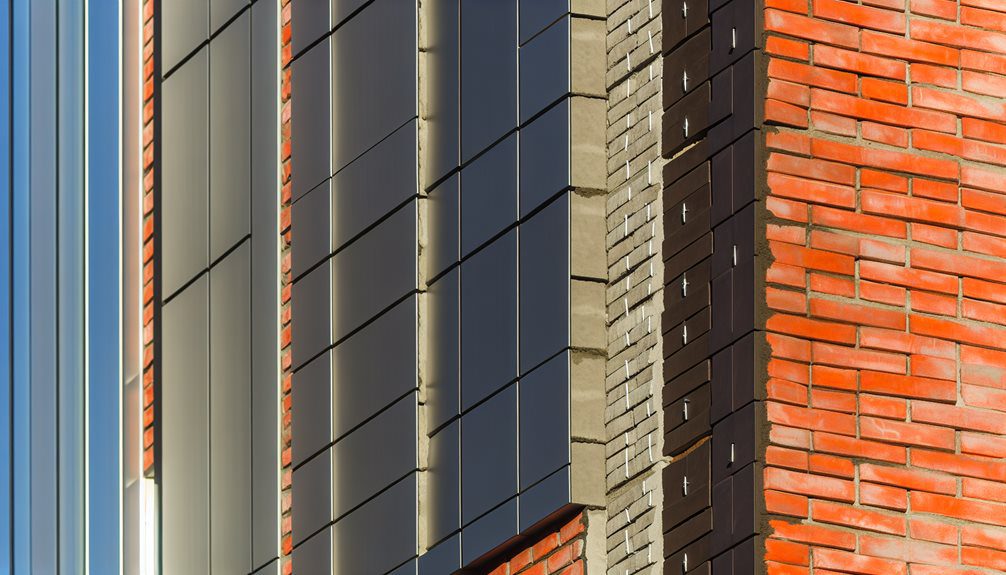Blog Feed
Categories:
Overlooking chimney maintenance can lead to devastating fires, compliance issues, and costly repairs—discover essential steps for protecting your commercial property.
Haunting chimney problems plague industrial facilities, but these expert solutions can prevent costly disasters and ensure operational safety.
Arrow recently completed a full-spectrum exterior restoration on a mixed-use midrise building in Wood Dale, Illinois, focused on both aesthetics […]
You'll discover proven techniques for breathing new life into weathered stone facades, but the secret to lasting restoration lies deeper.
Arrow recently wrapped up a major exterior restoration project for a Condominium Association in Evanston, Illinois, focusing on long-term structural […]
Investing in proper caulking techniques can slash office energy costs by 20%, but the secret lies in choosing the right sealants.
Arrow recently wrapped up a large-scale exterior restoration for a Condominium Association in Morton Grove, Illinois, focused on restoring strength […]
Advanced brick repair technologies revolutionize commercial buildings with smart polymers and digital monitoring, but there's more to the story.
Arrow recently completed a specialized masonry restoration project at a high-rise condominium association in Chicago, addressing a critical structural issue. […]
